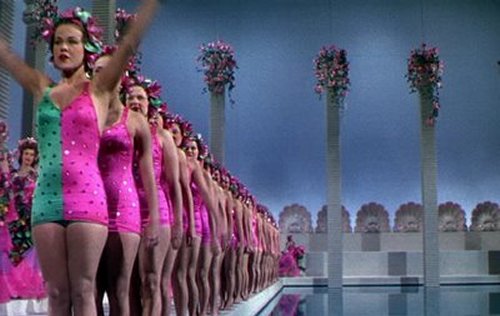Written for the 99th issue of Trafic (Fall 2016) — a revision and slight expansion of two previous essays. — J.R.
The rapidly and constantly expanding proliferation of films and videos about cinema is altering some of our notions about film history in at least two significant ways. For one thing, now that it has become impossible for any individual to keep abreast of all this work, our methodologies for assessing it as a whole have to be expanded and further developed. And secondly, insofar as one way of defining work in cinematic form and style that is truly groundbreaking is to single out work that defines new areas of content, the search for such work is one of the methodologies that might be most useful. In my case, this is a search that has led to considerations of two recent videos by Mark Rappaport: I, Dalio — or The Rules of the Game (2014, 33 minutes), and Debra Paget, For Example (2016, 37 minutes). Both are highly personal works that also define relatively new areas of on-film film analysis, forms of classification that can be described here as indexing.
Rappaport was born in New York and he lived and (mostly) worked there until he moved to Paris in 2005, although his work with found footage started over a decade earlier with Rock Hudson’s Home Movies (1992), followed by Exterior Night (made in Germany for German television in 1993), From the Journals of Jean Seberg (1995), The Silver Screen: Color Me Lavender (1997), and his 2002 short John Garfield. Read more

























